Go-Around Required
Plane and Pilot
JUNE 23, 2025
After a shallow turn from downwind, the Bonanza was positioned on base at a proper altitude and airspeed and with a constant descent rate. The wind at the surface was reported as 220 degrees at 6 knots gusting 19 knots. Increasing true airspeed makes the turn radius wider, resulting in an overshoot.




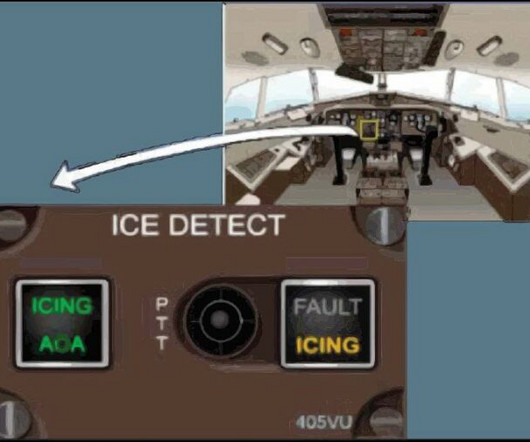


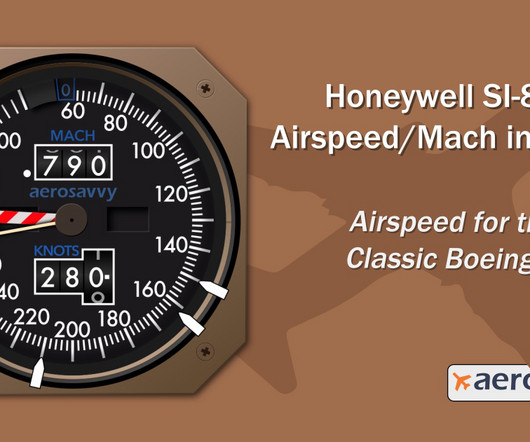
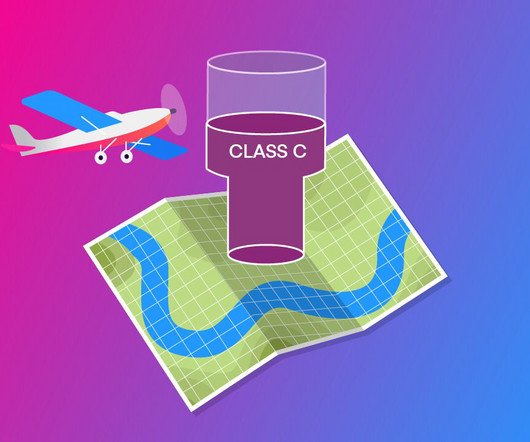
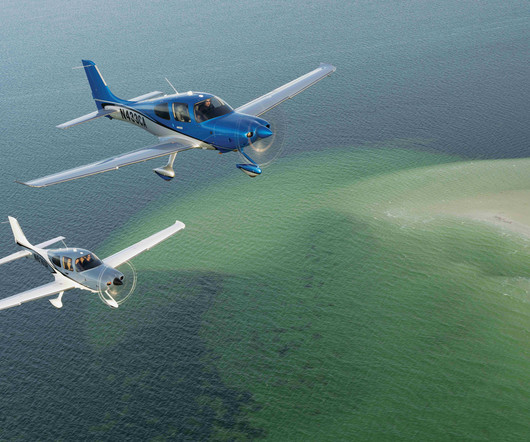
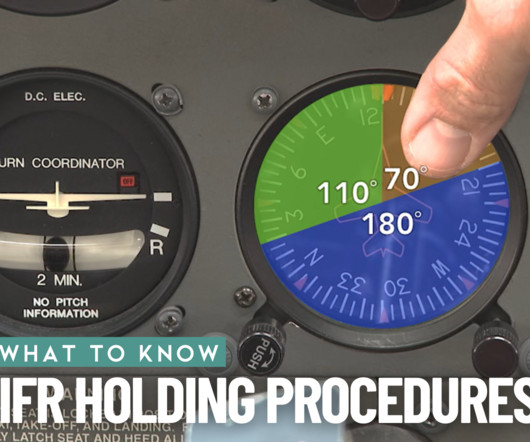

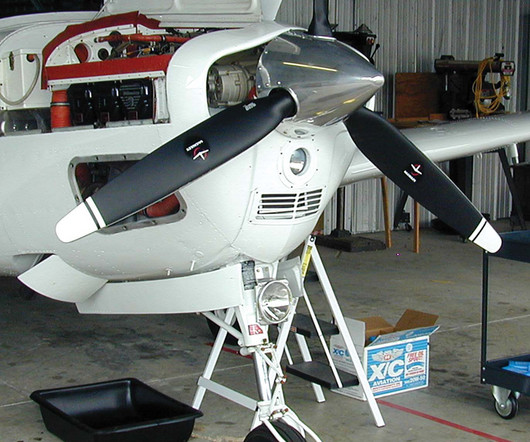


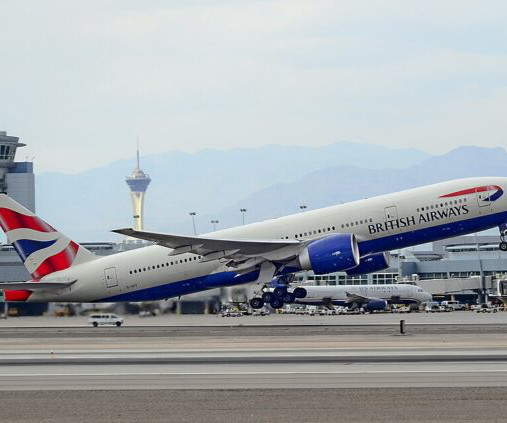








Let's personalize your content